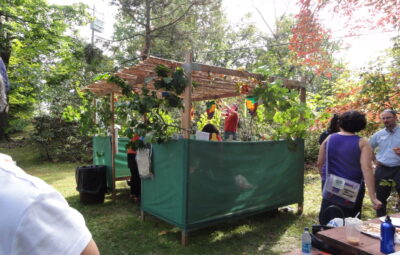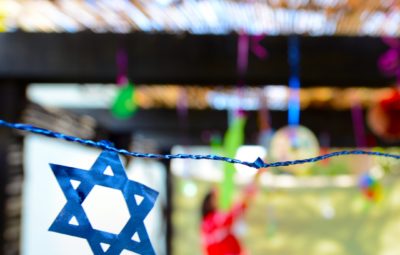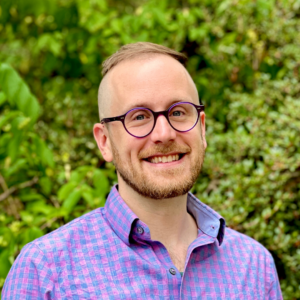
Rabbi Alex Weissman (RRC '17)
Director of Mekhinah and Cultural and Spiritual Life at Reconstructionist Rabbinical College
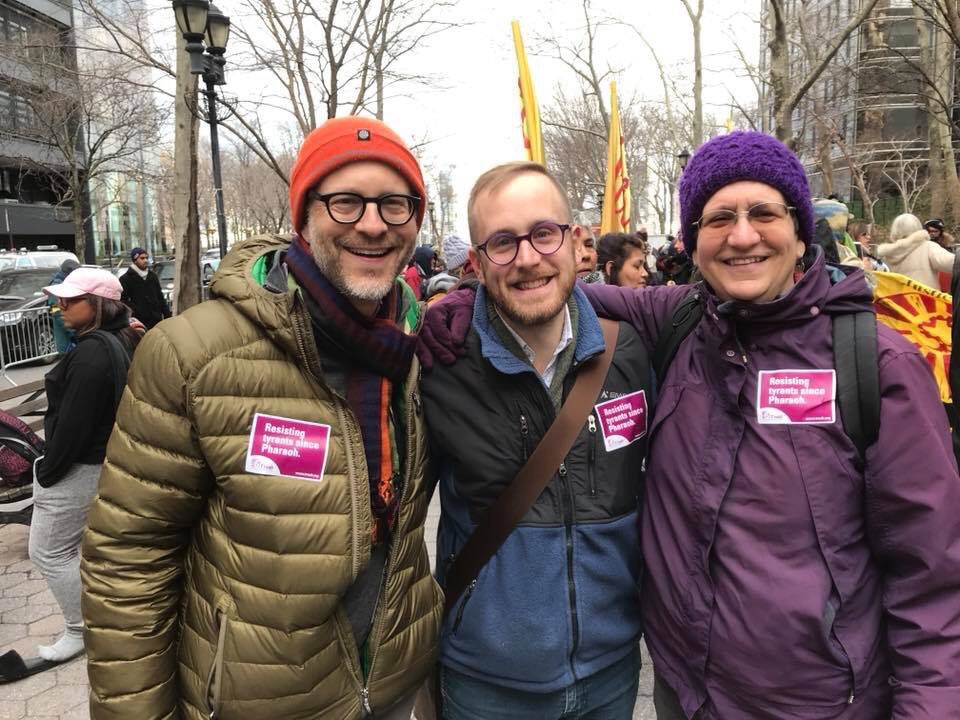
In the fall of 2011, the Occupy movement was in full force, and with it, a strong Jewish presence that led rituals and services like Occupy Rosh Hashanah and Occupy Yom Kippur. Jews recited Kol Nidrei in New York City’s financial center — the symbolic center of economic inequality and the same spot where a slave market had been established 300 years earlier. It was a place ripe for atonement. This moment of political uprising also happened to be my first semester of rabbinical school.
As someone who had been a Jewish community organizer prior to rabbinical school, this was the sort of Jewish ritual I was accustomed to, linking contemporary politics to ancient practices, if not quite on this large a scale. At the same time, in my new context of being a rabbinical student, there was a part of me that wanted to be exploring more classical ways to observe the holidays. I was wrestling with how to balance the value of tzedek/justice with the value of kedushah/holiness. Both tzedek and kedushah are central to Jewish life and practice, and I worried about the possibility of one eclipsing the other. As I found myself quietly studying Mishnah in the Occupy Sukkah outside of Philadelphia’s City Hall, I wondered: How do we hold both tzedek and kedushah in balance? How do we elevate both without losing either in ways that are rooted in the holidays themselves?
While today, we mostly associate the celebration of Sukkot with sitting in an actual sukkah, and shaking a lulav and etrog, the rabbis of the ancient world recalled the many Temple sacrifices that were also part of the holiday, including the sacrifice of 70 bulls.
Rabbi Alex Weissman Tweet
While I still grapple with these questions more than a decade later, I found an initial answer in an ancient, rabbinic discussion about the holiday of Sukkot. While today, we mostly associate the celebration of Sukkot with sitting in an actual sukkah, and shaking a lulav and etrog, the rabbis of the ancient world recalled the many Temple sacrifices that were also part of the holiday, including the sacrifice of 70 bulls. According to Rabbi Elazar, these 70 bulls correspond to the 70 nations of the world; when the Jewish people offered the bulls as sacrifices, we did so as a means to atone for the sins of the rest of the world. In the minds of the rabbis, they saw the Temple as providing a unique channel to God. With that unique point of access, the Jewish people had a responsibility to use our spiritual power to aid the entire world, including those we saw as our enemies.
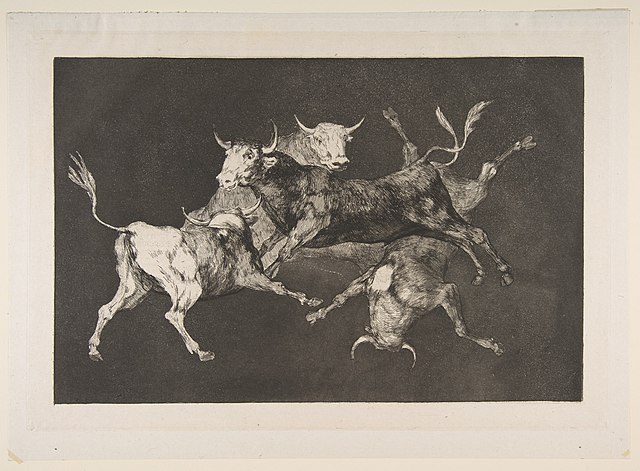
This discussion in the Talmud concludes with a chilling question from Rabbi Yochanan: “In the time that the Temple is standing, the sacrificial altar atones for [the rest of the world], but now [that we don’t have a sacrificial altar], who atones for them?” (Sukkah 55b). In other words, Rabbi Yochanan is concerned that there is no atonement for the rest of the world due to the absence of the Temple.
The text provides no answer to Rabbi Yochanan’s questions and moves on to a new topic. Part of what is so powerful about his question is that Rabbi Yochanan’s concern is exclusively for the foreign nations. In the understanding of the rabbis, the Jewish people have practices like teshuvah and Yom Kippur that atone for us. Rabbi Yochanan recognizes that the rest of the world does not have these practices. In his post-Temple moment, Rabbi Yochanan feels the obligation to continue to play the role of atoning for the other nations while lacking the previous avenue for action: the Temple.
As inheritors of this Sukkot conundrum, we are faced with Rabbi Yochanan’s unanswered question. The redactors of the Talmud chose to leave his question in the text, but did not provide any sort of answer. How do we respond to this textual silence 1,500 years later? How could grappling with this question be at the core of what it means to honor Sukkot’s ethical legacy?
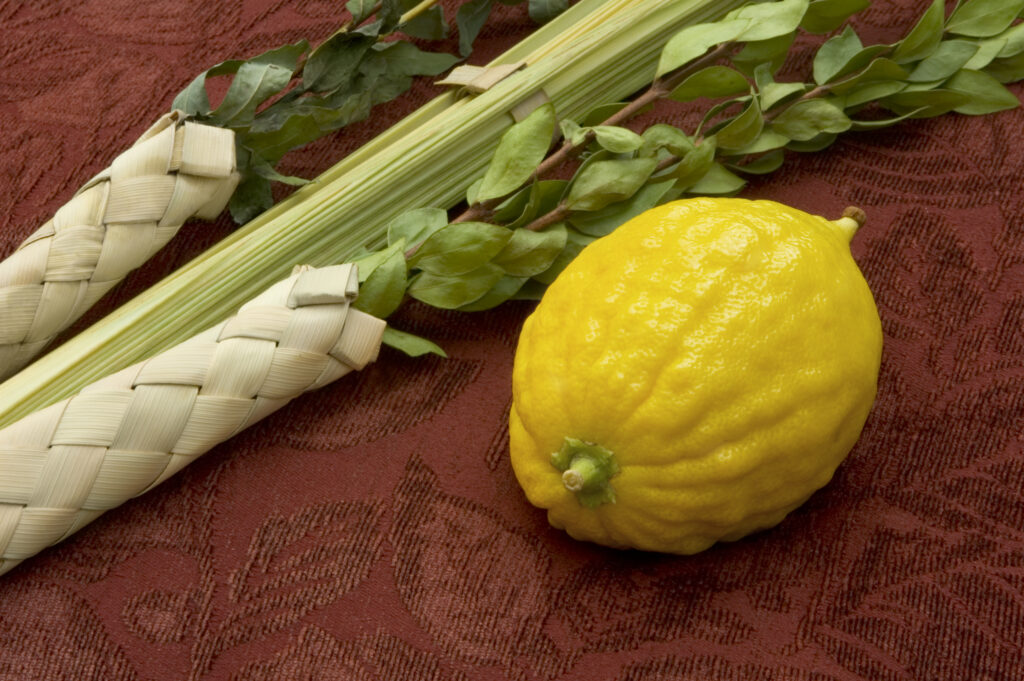
As a Jewish spiritual practice, the forgotten legacy of the 70 bulls obligates us to bring our particular Jewish practices, coupled with our access and collective power, to be in service of the entire world. This means choosing not only to improve the lives of some people — the people we like most or only the people we agree with — but truly all people. This is what the rabbis meant when they spoke of the “70 nations of the world”: all people.
This concept of the 70 nations that represent the entire world comes from Genesis 10, which includes a long list of the descendants of Noah after the flood — the lineage of the peoples who repopulated the earth after mass destruction. Invoking this moment in Torah just after the flood and before the Tower of Babel, the idea of the 70 nations calls to mind two challenges we currently face. The flood represents our climate crisis and the danger of ecological destruction.
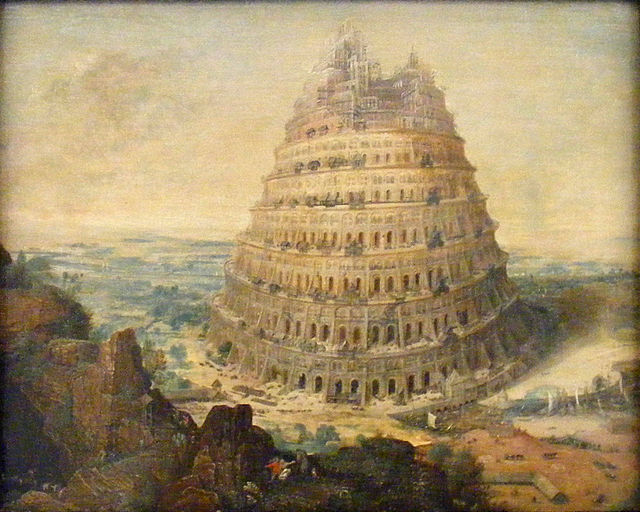
The Tower of Babel, with the accompanying curse of the people being unable to speak to each other, invokes our challenges with polarization and speaking across difference. What holds both of these contemporary issues together is that they are issues that implicate all of us. They expand the idea of “we” beyond any attempt at narrowing, and instead obligate us to each and every person on this planet. This, our tradition teaches, is what it means to celebrate Sukkot.
I look back on Occupy now as holding the right balance of tzedek and kedushah in the way that Sukkot teaches us to do. While Occupy may be in the past, we can look to its integration of these Jewish values as a model of how we might address issues like the climate crisis and polarization today. We can model our approach to Jewish life and practice on this integrative model offered to us by Sukkot that holds tzedek and kedushah in balance without favoring either essential value. This is how we answer Rabbi Yochanan’s unanswered question — by committing ourselves to living the ethical legacy of the 70 bulls of Sukkot. We can celebrate this Jewish holiday not only by sitting in a sukkah and shaking the lulav, but also by recognizing our obligation to use our power and access to improve the lives of all who dwell on this earth.
Click here for more Sukkot resources.

